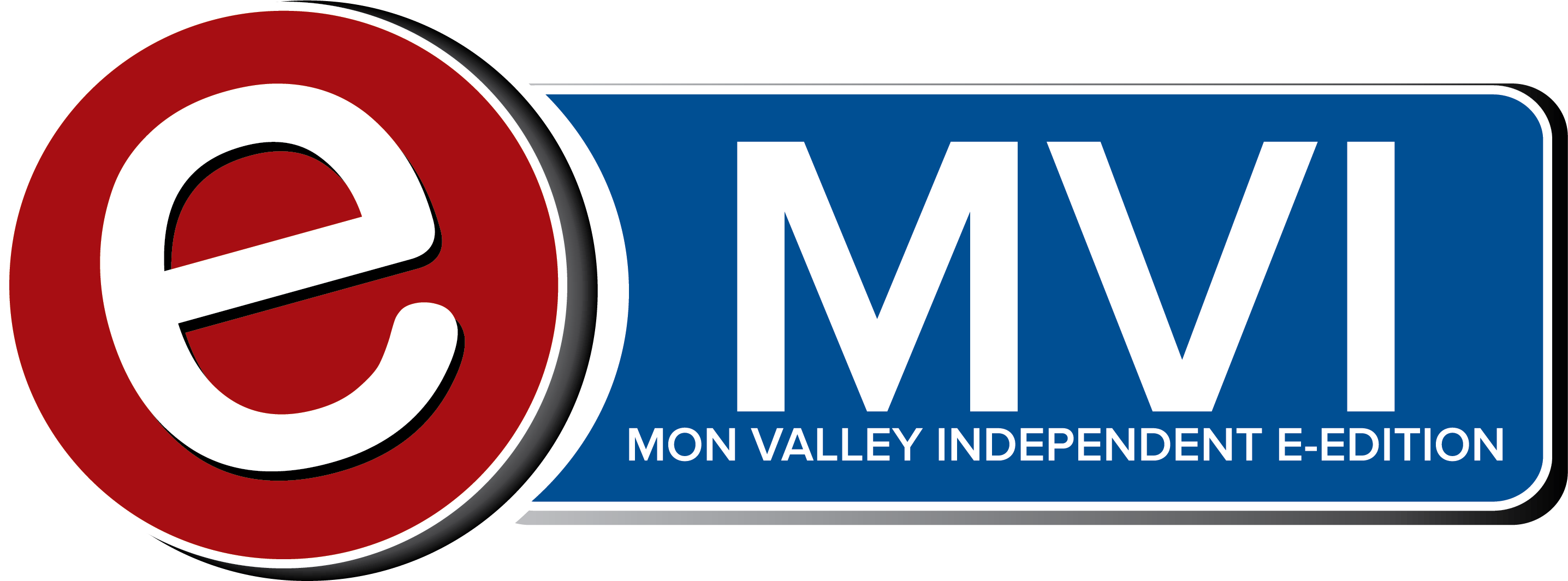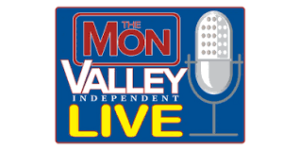
By JEFF STITT
Small business owners in the Mon Valley and across the country are worried about whether they’ll receive federal coronavirus relief money.
Many business owners say they’ve received no correspondence letting them know if they have been approved or denied for Paycheck Protection Program (PPP) loans and Economic Injury Disaster Loans (EIDL) and advances.
Dr. Kelly Hunt, district director for the Small Business Association’s Pittsburgh District Office, offered some insight and advice for those frustrated about the process.
The SBA announced earlier this month it is unable to accept new EIDL applications “based on available appropriations funding” and has closed its web portal until a new coronavirus relief package is passed. The SBA also announced that EIDL applicants who have already submitted their applications will continue to be processed on a first-come, first-served basis.
The PPP’s fund was exhausted April 16. SBA approved $1.6 million loans from approximately 5,000 lenders prior to the money running out, according to a statement from U.S. Treasury Secretary Steven Mnuchin.
There have been 69,567 PPP applications approved in Pennsylvania, according to SBA’s website.
A new $484 billion spending plan that was approved this week includes $310 billion for the PPP and another $60 billion for EIDL, among other things.
Economic Injury Disaster Loans
Hunt said a recurring issue by many applicants is not knowing their status.
“If a person applied for the EIDL through the web portal before it shut down and if they got to the screen that gave you an application number that begins with the number three, then their application has been received,” Hunt said.
She said SBA does not send an EIDL application submission confirmation email.
“There’s too many applications for us to respond to each one individually with a confirmation, unfortunately” Hunt said. “We have hundreds of millions of loan applications in the portal.”
The EIDL web portal will reopen now that President Trump has approved the next round of funding, she said.
“If someone submitted an application via mail or fax, I would suggest they consider going to the loan application portal when it reopens and re-file that application,” she said.
Hunt reminds small business owners that EIDL advances of up to $10,000 do not have to be repaid, but that EIDL loans will have to be repaid. Businesses with one to nine employees are eligible for $1,000 per employee in EIDL advance dollars. Businesses with 10 or more employees are eligible for $10,000.
Hunt knows from personal experience that EIDL advances have been distributed. Her husband is a small business owner and received an advance.
As of April 19, the SBA reported 700 EIDL loans totaling $138,344,300 had been approved in Pennsylvania. Nationally, 26,919 EIDL loans totaling $5,566,913,788 have been approved.
Hunt said EIDL funding should be used as working capital and is meant to be used by business owners to do “what is necessary to keep their business afloat.”
She said EIDL applicants will likely not hear from someone from SBA until they are ready to discuss the loan portion of the program. Businesses can apply for up to $2 million worth of EIDL loan funding. Those loans are subject to a 3.75% interest rate and terms can be up to 30 years, according to SBA’s website.
EIDL advances “will be deposited directly in your account without hearing from anyone,” Hunt said.
Paycheck Protection Program
Hunt said PPP loans are meant to help business owners keep their employees on the payroll and to keep the unemployment compensation system and offices from getting bogged down.
PPP funds should be used for payroll and benefit costs and a portion can be used to pay rent, mortgage or utilities, according to Hunt.
“Those are the only things you can do with Paycheck Protection,” she said. “What’s happening is people are hearing that PPP is free money so everyone is going to apply for it. … Businesses that need to have working capital to pay bills should apply for EIDL.”
Hunt is aware that some small business owners have reported long wait times.
“Keep in mind that this is the largest stimulus in the history of our country,” she said. “There have been some hiccups along the way, but it’s a lot of work to get that much money rolled out.”
Bank perspective
Hunt said SBA lenders in Pennsylvania “did an amazing job” working to get clients approved for PPP funding before the first round of money ran out.
One of those approved lenders is Community Bank, which is considered “a relatively small bank,” according to SEVP and Chief Credit Officer Ralph Burchianti.
Community Bank operates branches in Monessen, Monongahela, Rostraver Township, Perryopolis, in other parts of Westmoreland and Washington counties, in Allegheny, Fayette and Greene counties and in West Virginia and Ohio.
“We’re handling this the best we can,” Burchianti said of the bank’s PPP loan process. “It’s been an interesting process.
“The Small Business Administration hasn’t given a lot of guidance, so there’s been some issues but I think we’ve worked through most of those. We’re working hard and getting loans out the door.”
He said his employees are going above and beyond to meet customer needs, but admits that not everyone will be approved for loans.
“You’re always going to have people who unfortunately don’t get approved,” he said, adding that banks have been overwhelmed by loan applications.
“We don’t have, and no bank has the staff to accommodate it when essentially every small business customer comes in with an application” he said. “The scope of this is unprecedented. Almost every small business in the U.S. applied for a loan at the same time.”
Burchianti said Community Bank has “tried to be proactive with getting in contact with our commercial loan customers to see what they need.”
He expects that “with the applications we have for the program in the pipeline and the new ones we will get,” the bank will have processed 400 to 500 PPP applications and will disburse around $50 million in actual funding.
“We had maybe half the people that applied get approved before funding was exhausted,” Burchianti said. “We still have people in the queue waiting and we hope to get them funding in a week or two. Anybody that has gotten approved or applied, we’re going to do our level best to get them funding.”
He said his employees are under a lot of stress, but are performing with haste.
“It’s been a challenge,” he said. “Our staff has been literally working around the clock.
“We have all hands on deck. My entire staff is working this weekend to make sure everyone gets funded.”
He said loan processors have about 10 days from the time a loan is approved to help a small business calculate their average payroll and mortgage/rent and utility costs and figure out how much that employer can be approved for under PPP.
Burchianti reminds small business owners that PPP loans are able to be forgiven if the funds are used for payroll costs, interest on mortgages, rent and utilities. He said business owners should keep detailed books after receiving PPP funding to be able to prove that the money was used appropriately. If they don’t, they may be forced to repay the loan, he said.
“PNC team members processed and registered tens of thousands of PPP applications totaling billions of dollars in loans before the SBA announced that it was unable to accept new applications for the program because authorized funding had been fully allocated,” said PNC corporate spokeswoman Marcey Zwiebel.
“We have continued to work tirelessly to process PPP applications received up to that point, so that they are prepared, to the extent possible, should additional funding be authorized and the SBA begin taking applications again.”
PNC will contact customers via email “as soon as possible” regarding the status of their application, according to a prepared statement. PNC is currently not accepting new PPP applications, she said.
Unsatisfied applicants
Hunt said she has heard complaints from some applicants not satisfied with their bank’s response.
“People who feel like the bank is sitting on their application need to be making some phone calls,” Hunt said.
She said most SBA lenders have “done a fantastic job” but added that “small businesses make up the backbone of our economy and we need banks that are helping.”
She said PPP applications, by law, are supposed to be submitted for approval on a first-come, first-serve basis.
As new stimulus money is released, online vendors will be competing for applications, according to Hunt.
If small business owners “feel your bank hasn’t been helpful and responsive,” they can do a “simple” Google search or a visit to treasury.gov to find lists of other lenders that are processing PPP applications, she said.


